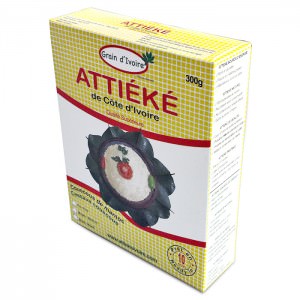 Corrugated cardboard isn’t the only material that can be used for boxes and cartons – we also offer a wide variety of solid boards, from folding box board to chipboard, greyboard and foil board.
Corrugated cardboard isn’t the only material that can be used for boxes and cartons – we also offer a wide variety of solid boards, from folding box board to chipboard, greyboard and foil board.
Not sure which one is right for your product? Take a look below for a description of each material or call us for advice.
Why Solid Board?
Corrugated cartons are mainly used for large, heavy products like appliances, or the transportation of lots of items in one box. Solid board cartons, on the other hand, are often used to package the individual products that consumers buy.
Solid board is thinner than corrugated board, but is really flexible and has a huge range of uses. All of our boards can be printed, foiled and varnished to produce a really attractive product that will fly off the shelves.
Types of Board
We offer a huge range of cartonboard from some of the best mills in the world. That means you can be sure you’re getting a high quality product, whichever material you choose.
Our boards come in thicknesses up to 750 microns (0.75mm) and can come in virgin or recycled varieties.
Folding Boxboard (FBB)
This is one of our most versatile types of board – it can be finished in a variety of different ways, with printing and other cosmetic touches to add appeal to your product. Examples include embossing, varnishing and foil blocking. This board is also quite stiff – perfect for folding and glueing – and can have windows added to show off your product.
Folding boxboard is made from a number of different layers of wood pulp, with the top and bottom layers produced to give a smooth finish. The front is usually white, while the back layer is cream or white.
FBB can be used for a wide variety of products, including food, tea and coffee, cosmetics, toys and other retail items. Freezer tolerant FBB is also available.
Grease Resistant Board (Lino Freeze)
This is a type of folding boxboard that’s specially treated to resist grease and stop it penetrating through the packaging. This makes it perfect for chilled and frozen foods that are oily or greasy, such as cakes, pastries or biscuits.
It can be printed or varnished on the coated side just like regular folding boxboard.
Foil Board
If you have a high-end product that craves attention, consider using a foil board as a base for the packaging. This range of materials includes mirror-like, iridescent, rainbow, holographic, sparkly and coloured metallic finishes. They can all be coated to allow them to be printed like normal board.
Solid Kraft Board (Kraftpak)
This type of board is made from 100% virgin unbleached fibre and isn’t coated, giving it a natural brown appearance. It’s a really sustainable product that gives a lot of strength without using much wood fibre. That also means it’s relatively light.
Kraft board can be used for dry, non-fatty foods and a wide range of retail products, including DIY and gardening items, gift boxes and mailing envelopes. It’s also 100% recyclable and a great choice if you want to give a natural, environmentally-friendly look to your product.
One side of the board has a smoother finish than the other and is suitable for printing.
Natural Coated Kraft Board
This is a coated version of kraft board, with a smooth, white top surface. This makes it suitable for a wide range of printing techniques, while retaining the high strength and tear resistance of the kraft board base. Well-known brands we have available are Korsnäs Carry and Custom Kote.
This is great for relatively heavy products like bottled drinks or DIY equipment.
White Lined Chipboard (WLC)
This type of board is made from 80 to 100% recycled fibre and is a good choice if you want an environmentally-friendly product. The top is coated so it’s white, with the reverse being grey.
White lined chipboard is often used for cereal and shoe boxes, toiletries and other household goods. It can be printed to a high standard, and is suitable for embossing, foil blocking and window patching. It is not suitable for direct contact with food.
Unlined Chipboard/Greyboard (ULC)
Unlined chipboard is silver-grey in colour and made from recycled fibre. It’s fairly strong and provides great value for money, with a raw, unfinished surface.
This material is often used for the back board in refill pads of paper or board-backed envelopes, but has a whole range of uses, including food packaging where the board won’t be in direct contact with the product, house and garden products and outer cartons.
If you’d like advice on what sort of board would be best to package your product, get in touch today.